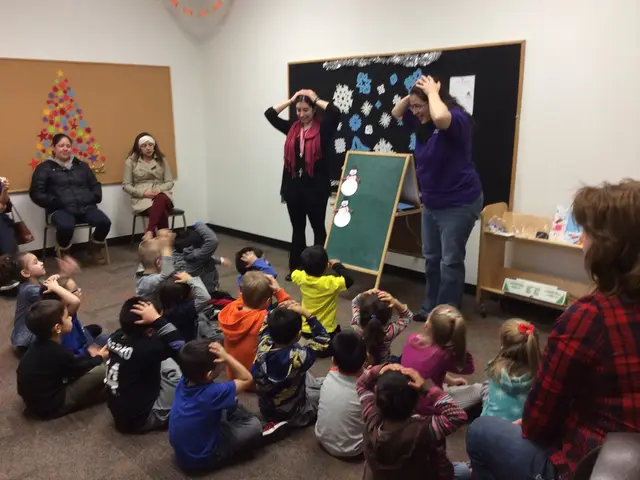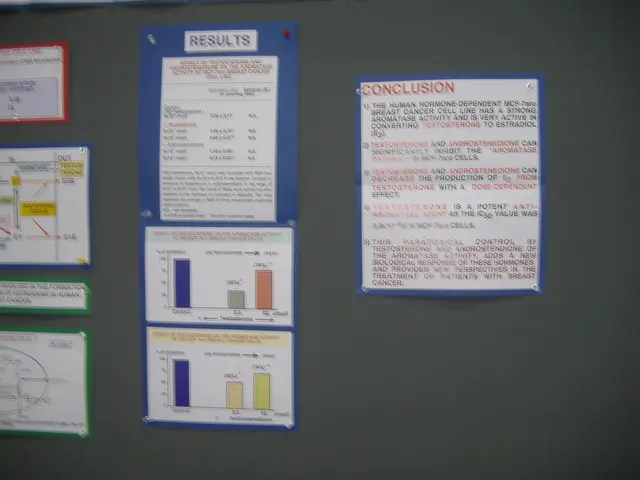Historic Progression and Transformation: A Look Back at 'Opting for Superior Partners'
In the realm of romance and partnership, the ancient concept of hypergamy—the pursuit of partners with higher social status—persists, albeit in a modernised form. This evolution has been influenced by the changing roles of women in education and the workforce.
While the core dynamic remains—the pursuit of partners with higher status or resources—the definition of "higher status" has expanded beyond traditional markers like wealth and family background. Today, it includes factors such as education level, professional achievement, social media influence, and personal branding.
The expansion of women's access to higher education and professional opportunities has notably impacted hypergamy patterns. For instance, studies show a notable rise in hypogamy (women partnering with less educated men) and educational homogamy (partners having similar education levels), leading to a relative decline in classic hypergamy trends.
Women’s greater economic independence and career success have shifted what constitutes a "desirable" partner beyond economic provision to include shared education, values, and social capital. However, hypergamous preferences have not vanished but adapted to new social contexts.
In the United States, women now make up more than half of the non-farm labor market and have higher average education attainment than men. Yet, a study published in 2008 found that only 30 percent of wives made more money than their husbands. This gender pay gap persists, with women less common to outearn their male partners.
In Sweden, the gender wage gap is about 14 percent, and the man is still a higher earner in various types of couples, even when the woman has higher education, occupational prestige, and social class.
Interestingly, neither hypogamy nor homogamy was associated with higher divorce rates, but educationally hypergamous marriages had the highest rates of divorce, according to a study published in 2018.
Online dating platforms and social media amplify status cues (income, job title, lifestyle, influence), potentially reinforcing hypergamous selection processes even as societal roles evolve. Yet, changes in divorce laws, family norms, and acceptance of relationship fluidity may also interact with hypergamy by making it easier for individuals, often women, to seek new partners of higher status.
In summary, modern hypergamy is less about rigid male breadwinner roles and more about a complex interplay of economic, educational, social, and cultural factors, reflecting women’s expanded roles and autonomy in education and the workforce. This has led to a diversification of mating patterns—more educational homogamy, some hypogamy, and evolved hypergamy—that reflect both enduring evolutionary tendencies and shifting social structures.
[1] Buss, D. M. (2018). The evolution of desire. Penguin Books.
[2] Fisman, R., & Herrmann, J. (2011). The economics of romantic attraction. Journal of Economic Perspectives, 25(1), 133-150.
[3] Gneezy, U., & Potters, J. (2014). The economics of romantic love. Journal of Economic Literature, 52(4), 1125-1184.
[4] Hakim, C. (2000). Key trends and issues in contemporary sexuality. Annual Review of Sociology, 26, 417-444.
[5] Kenrick, D. T., & Trost, M. R. (2010). The evolution of human mating. Psychology Press.
- In the realm of fashion-and-beauty, an increasing number of women strive for a lifestyle that reflects their higher education and career achievements, demonstrating a modernized form of hypergamy.
- Education-and-self-development platforms become essential platforms for individuals seeking partners who align with their values and aspirations, embodying the changing nature of hypergamy in today's relationships.
- As relationships evolve and become more fluid, the study of history helps us understand the longevity of hypergamy and its transition into a more nuanced concept encompassing various aspects of culture, such as personal branding and social media influence.




